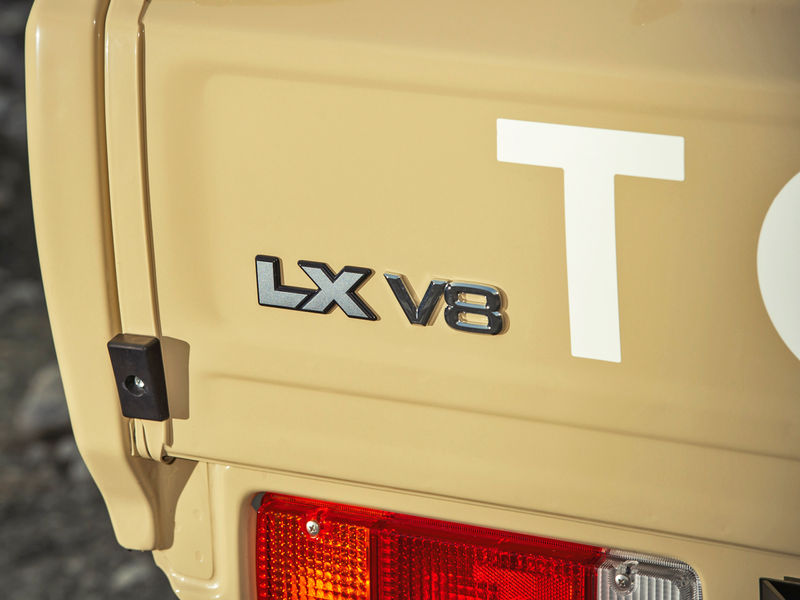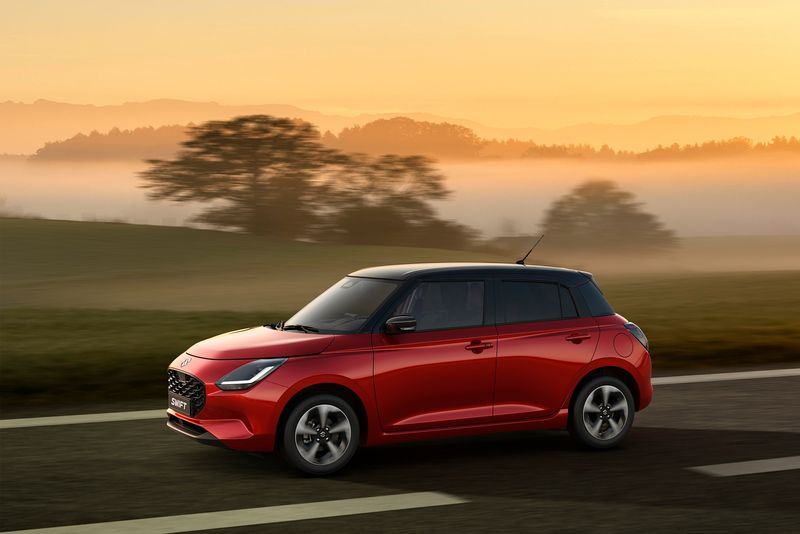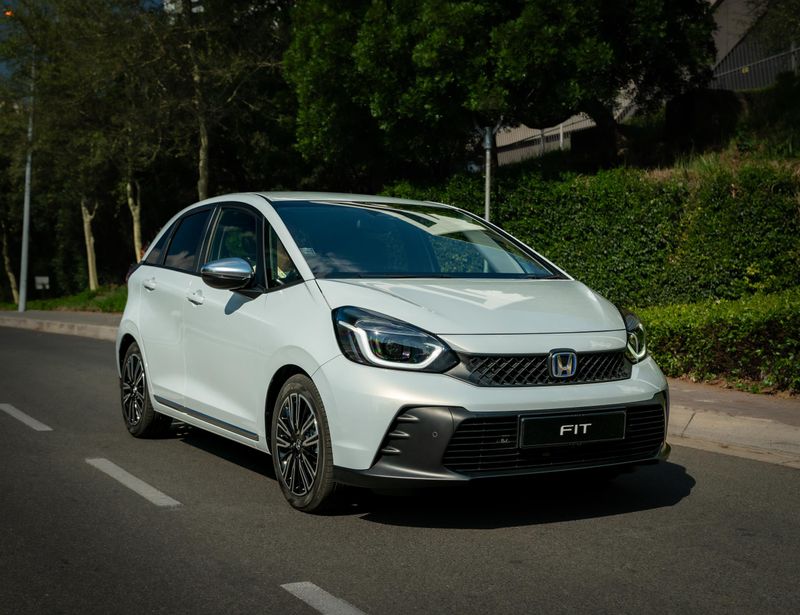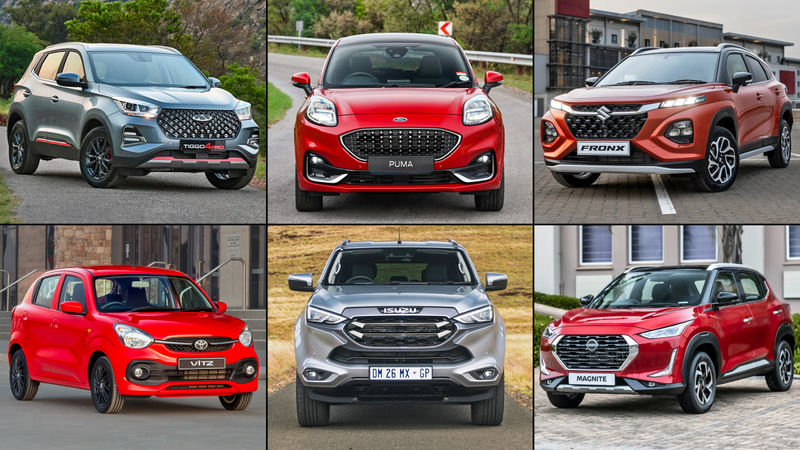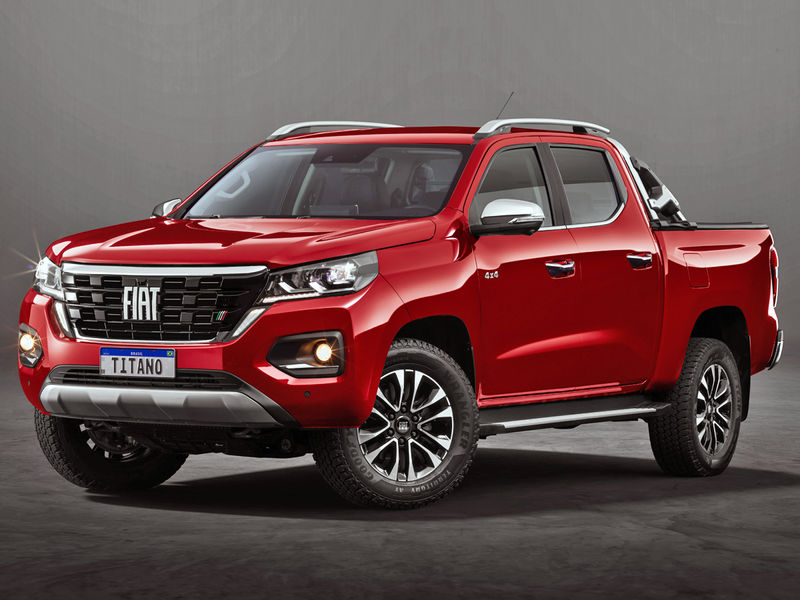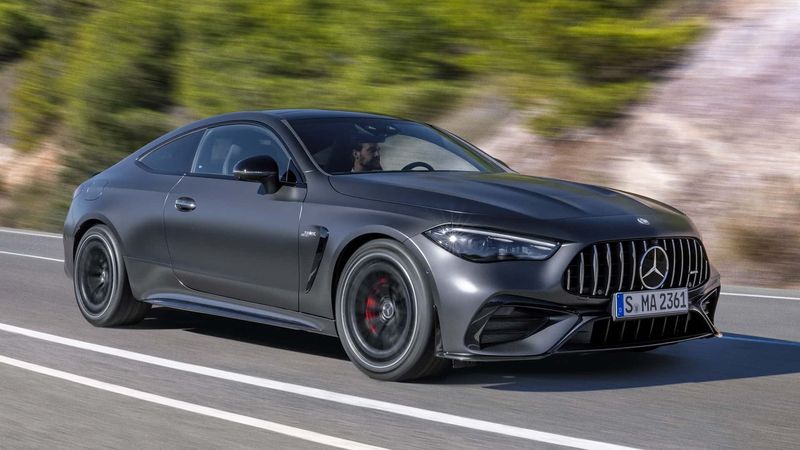Volvo Car Corporation recently joined the CAR 2 CAR Communication Consortium and signed a memorandum of understanding regarding the implementation of standardised technology for communication between cars from 2016.
“In the future we will have advanced exchange of vital information between vehicles such as their position, speed and direction,” says Erik Israelsson, Project Leader Cooperative ITS (Intelligent Transport Systems) at Volvo Car Corporation.
Car 2 Car Communication between cars will take place using a wireless network and utilises existing systems such as GPS navigation systems and road infrastructure such as traffic lights and road signs.
CAR 2 CAR Communication has been granted a separate frequency allowing cars within a certain radius to automatically link to each other and share information.
“There is considerable potential in this area as well as opportunities for many benefits in many spheres over and above road safety, such as a more uniform flow of traffic and additional comfort for road users,” says Erik Israelsson.
CAR 2 CAR Communication can be applied in the following areas:
Green Light Optimum Speed Advisory Provides optimum speed information to the driver to make the next green robot as well as the time it will take for the robot to change.Emergency Vehicle Warning Alerts the driver of the presence of emergency vehicles in the area.Road Works Warning Warns the driver of road works in the area, including speed reduction and distance information.Slow Vehicle Warning Warns drivers of slow moving or broken down vehicles.Traffic Jam Ahead Warning Warns drivers of upcoming traffic jams.Weather Information Warns drivers of bad weather conditions.In-Vehicle Signage Provides information regarding regular or temporary speed limits on a given route.Emergency Electronic Brake Light Warns drivers if a vehicle suddenly slows down.Motorcycle Approaching Indication Warns drivers of any motorcycles in the immediate area.Red Light Violation Warning Warns drivers of an approaching red light.
“When the system is fitted into future cars it will be of considerable benefit to drivers and next-generation infrastructure, and will help improve traffic safety,” says Erik Israelsson.
